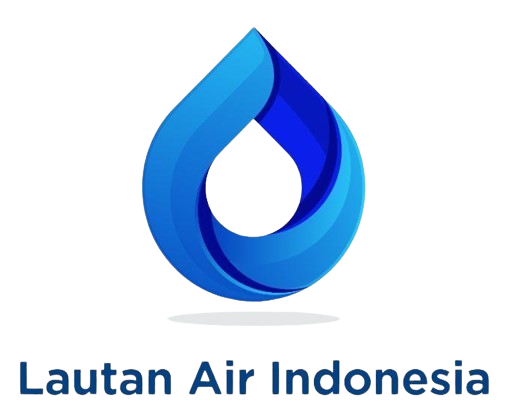Water is a primary need in various industrial sectors. However, not all available water can be used directly. Excess mineral content, heavy metals, or other dissolved compounds can interfere with the production process or damage equipment. One water treatment technology that has proven effective in overcoming this problem is ion exchange.
What is Ion Exchange?
Ion exchange is a chemical process in which ions in a solution are exchanged with other ions contained in the exchange medium. This process occurs without changing the basic structure of the solvent, but changing its ionic composition.
Unwanted ions, such as calcium (Ca²⁺), magnesium (Mg²⁺), iron (Fe²⁺), or nitrate (NO₃⁻), can be absorbed and exchanged with other ions such as sodium (Na⁺) or hydrogen (H⁺), depending on the type of application required.
In the context of water treatment, the primary purpose of ion exchange is to remove substances that cause hardness, corrosion, or contamination so that the resulting water meets the specifications required by a particular process or system.
How Does Ion Exchange Work in Water Treatment?
An ion exchange system consists of a column or vessel filled with ion exchange media. When water is passed through the column, unwanted ions in the water are captured by the media, and in return, the media releases “safer” or more suitable ions.
In general, there are two main processes in ion exchange that are commonly used in water treatment:
1. Softening:
Used to remove calcium (Ca²⁺) and magnesium (Mg²⁺) ions that cause water hardness. These ions are exchanged for sodium (Na⁺), so that the water becomes softer and does not cause scale on pipes or equipment.
2. Deionization (Removal of All Ions):
Involves two stages of the process, namely the exchange of cations (with H⁺) and anions (with OH⁻), which will ultimately produce pure water (H₂O). This method is very common in applications that require high levels of water purity, such as the electronics, pharmaceutical, and boiler industries.
In addition to the two main processes above, ion exchange can also be used to remove specific contaminants such as nitrates, sulfates, or heavy metals, depending on the type of media used and the needs of the water specifications.
Read Also: Ion Exchange Resin: An Effective Solution for High-Quality Water Treatment
Advantages of Ion Exchange Technology
The use of ion exchange in water treatment systems provides various strategic benefits, including:
1. High Effectiveness
Ion exchange is able to remove dissolved ions to very low levels, making it one of the most effective methods for producing water with high purity levels.
2. Precision and Selectivity
This technology has the ability to be selective towards certain ions. This allows the system to be focused according to needs: removing hardness-causing substances, reducing heavy metals, or producing demineralized water.
3. Continuous Process
The ion exchange system can be periodically regenerated with certain chemicals, so it does not require continuous media replacement. This makes the process operationally efficient and economical in the long term.
4. Equipment Friendly
Water that has been processed through ion exchange has very low corrosive and sedimentation impacts, making it very safe for industrial equipment such as boilers, heat exchangers, and water distribution systems.
5. Application Flexibility
This technology can be implemented in various scales and needs, from small systems for laboratories to large systems for factories and production facilities.
Read Also: Resin Fouling: Causes, Impacts, and How to Prevent It in Ion Exchange Systems
Trust Your Water Treatment Solutions to Lautan Air Indonesia
Every industrial process has specific water needs. By understanding the characteristics of raw water and the expected end result, the ion exchange system can be a very effective solution to ensure stable and standard water quality.
Lautan Air Indonesia is here as a trusted partner in providing ion exchange-based water treatment systems. We combine technical expertise, long experience, and a national service network to provide the best efficient and sustainable solutions for you.
Contact our team today for further consultation regarding your ion exchange system needs. We are ready to help design the right, reliable, and cost-effective solution, because we believe that water quality is the key to the success of your industrial processes.






